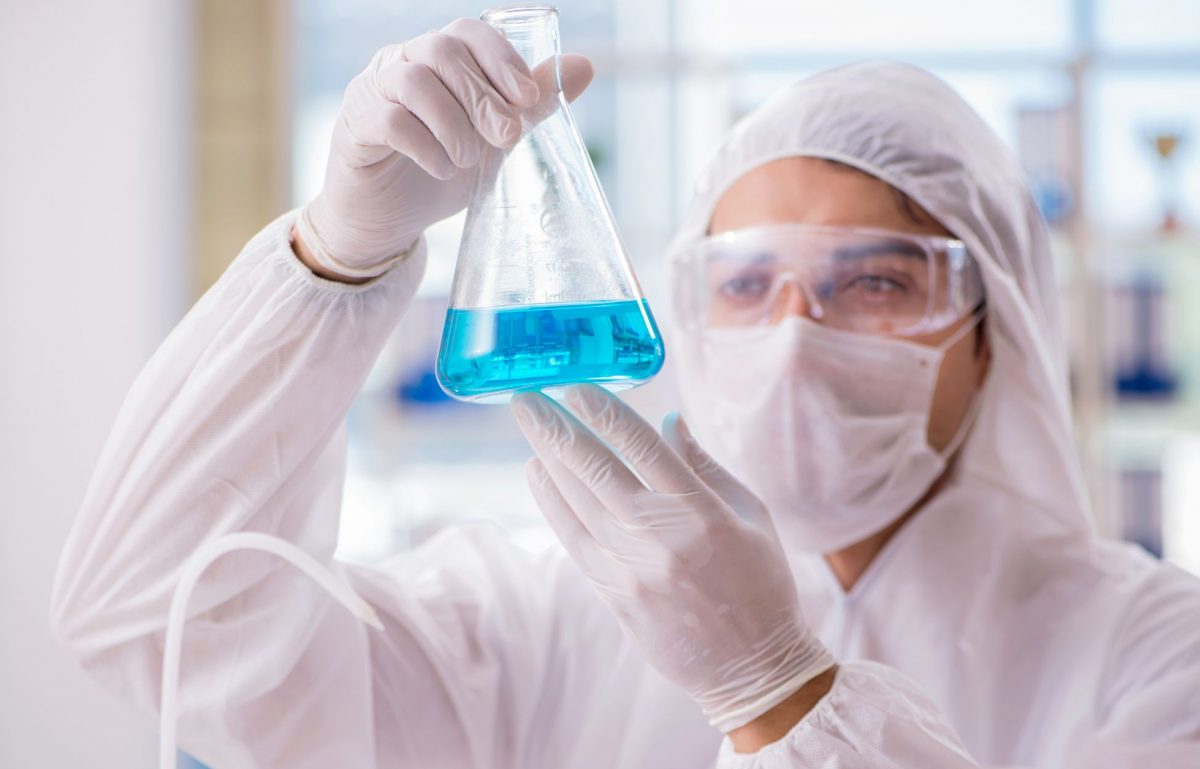Although new medicines can treat illnesses, manufacturing new drugs is dangerous. There are safety risks of working in pharmaceutical manufacturing that personnel should know. By understanding hazards, workers can take the necessary precautions.
Flammable Materials
Storing flammable materials is risky in pharmaceutical facilities because they can cause fires. In the event of a fire, uncontrolled flames can spread to other parts of the laboratory, resulting in devastating consequences. Manufacturers must address fire hazards in their operation to alert scientists. They should also install smoke detectors and fire suppression systems to mitigate accidents.
Biological Hazards
Drug developers and researchers work with fungi, bacteria, viruses, and other biological organisms to create vaccines and treatments. Pharmaceutical manufacturers are at risk of contracting infectious diseases by exposure to organisms. It’s important to create barriers between people and organisms.
Wearing gloves and working in cleanrooms can protect workers from exposure. Furthermore, handwashing stations and ventilation systems can stop the spread of bacteria. Following good hygiene practices can decrease exposure.
Hazardous Chemicals
Handling, transporting, and storing chemicals are all a part of a pharmaceutical manufacturer’s workday. With the risk of explosions, fires, and contact with deadly substances, chemical handling is dangerous. To make processes safer, lab personnel must follow modern chemical storage practices to prevent deadly reactions. It’s also best to keep data sheets to identify and explain the risks of each chemical.
Carbon Monoxide Exposure
Carbon monoxide is a result of certain chemical reactions. This unscented and colorless gas is toxic to people and can cause lightheadedness, weakness, vomiting, and death. This safety risk in pharmaceutical manufacturing is something companies don’t take lightly. Companies must protect workers from exposure by installing carbon monoxide detectors. They should also have appropriate signage to showcase where they store gases inside the facility.
UV Radiation Exposure
When you think of ultraviolet (UV) radiation, sunlight comes to mind. But the pharmaceutical manufacturing industry uses UV radiation for vitamin D production.
Excessive exposure to UV radiation can increase the risk of cataracts in your eyes, skin cancer, and burns on the skin. When needed, pharmaceutical workers should wear proper apparel and accessories to protect their bodies from UV light.













